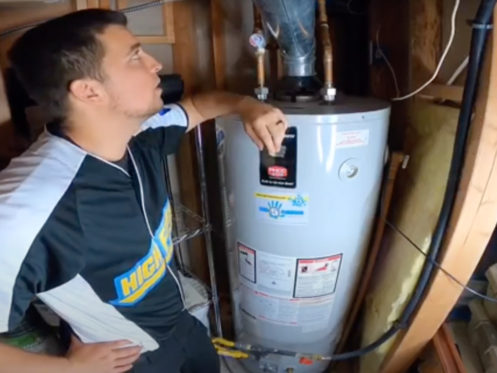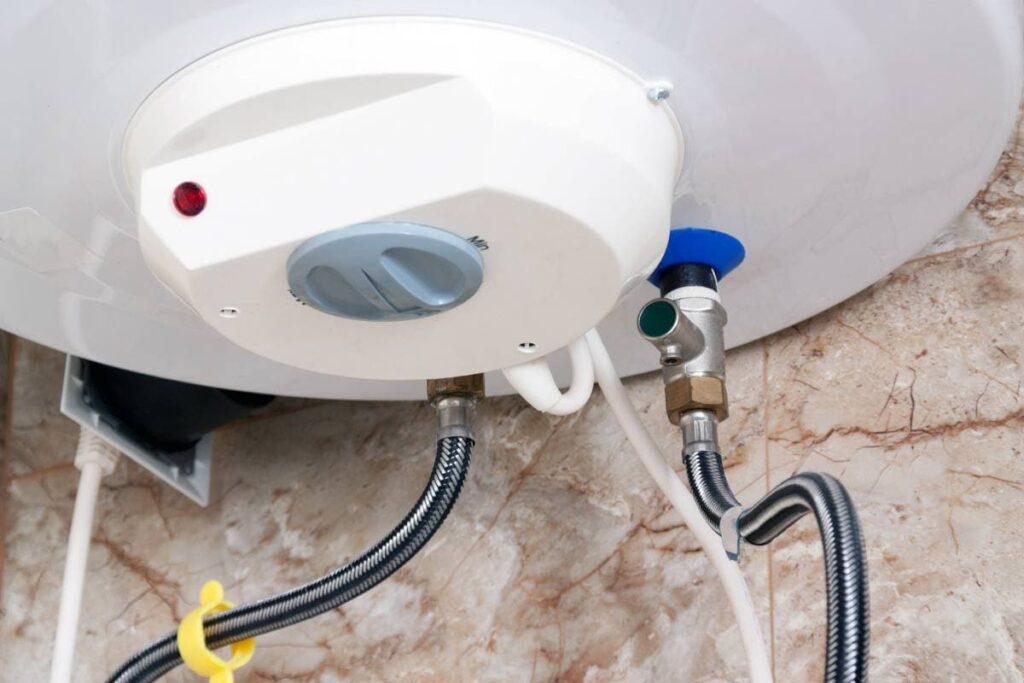We've encountered this article relating to How to Maintain a Hot Water Heater in a Few Simple Steps directly below on the web and thought it made perfect sense to relate it with you on this site.

Warm water is essential for everyday convenience, whether it's for a refreshing shower or washing recipes. To ensure your hot water system runs successfully and lasts much longer, regular maintenance is vital. This article offers sensible ideas and understandings on how to preserve your home's warm water system to avoid interruptions and pricey repairs.
Introduction
Keeping your home's hot water system could seem difficult, however with a couple of basic actions, you can guarantee it operates efficiently for years to find. This guide covers whatever from recognizing your hot water system to DIY upkeep tips and understanding when to contact specialist help.
Significance of Keeping Your Hot Water System
Routine maintenance not just extends the life expectancy of your warm water system but likewise guarantees it operates effectively. Disregarding upkeep can lead to reduced efficiency, higher power bills, and even premature failing of the system.
Signs Your Hot Water System Requirements Upkeep
Recognizing when your hot water system needs interest can stop significant concerns. Look out for signs such as inconsistent water temperature, unusual noises from the heating system, or corroded water.
Understanding Your Hot Water System
Before diving right into upkeep jobs, it's handy to understand the standard parts of your hot water system. Generally, this includes the water heater itself, pipes, anode rods, and temperature controls.
Month-to-month Upkeep Tasks
Regular monthly checks can help catch small concerns prior to they intensify.
Flushing the Water Heater
Flushing your water heater removes debris buildup, improving efficiency and prolonging its life.
Checking and Replacing Anode Rods
Anode rods protect against corrosion inside the tank. Inspecting and replacing them when worn out is essential.
Examining and Adjusting Temperature Settings
Adjusting the temperature setups makes certain ideal performance and safety.
DIY Tips for Maintenance
You can perform a number of maintenance tasks yourself to maintain your warm water system in top condition.
Checking for Leakages
Regularly check pipelines and connections for leaks, as these can lead to water damage and greater costs.
Checking Stress Alleviation Valves
Evaluating the pressure relief valve guarantees it operates properly and prevents too much stress accumulation.
Shielding Pipes
Insulating hot water pipelines minimizes warm loss and can conserve power.
When to Call an Expert
While DIY upkeep is advantageous, some concerns need professional know-how.
Complicated Concerns Needing Expert Help
Instances consist of major leakages, electric problems, or if your water heater is consistently underperforming.
Routine Professional Upkeep Benefits
Specialist upkeep can consist of comprehensive inspections, tune-ups, and guaranteeing compliance with security criteria.
Verdict
Routine maintenance of your home's hot water system is vital for efficiency, durability, and price savings. By following these tips and recognizing when to seek specialist help, you can make sure a dependable supply of warm water without unexpected interruptions.
How to Maintain an Instant Hot Water Heater
Before tinkering with your hot water heater, make sure that it’s not powered on. You also have to turn off the main circuit breaker and shut off the main gas line to prevent accidents. Also turn off the water valves connected to your unit to prevent water from flowing into and out of the appliance. 2. When you’re done, you have to detach the purge valves’ caps. These look like the letter “T” and are situated on either side of the water valves. Doing so will release any pressure that has accumulated inside the valves while at the same time avoid hot water from shooting out and burning your skin. 3. When the purge valves’ caps are removed, you have to connect your hosing lines to the valves. Your unit should have come with three hoses but if it didn’t, you can purchase these things from any hardware or home repair shops. You can also get them from retail stores that sell water heating systems. Read the user’s manual and follow it to complete this task properly. When the hosing lines are connected, open the purge port’s valves. 4. You should never use harsh chemical cleaners or solutions when cleaning your unit. Make use of white vinegar instead. It should be undiluted and you’ll probably use about 2 gallons. 5. Now flush your water heater. This task should probably take about 40 minutes. We can’t give you specific directions for this because the procedure is carried out depending on the type, model and brand of your heater. With that being said, refer to the user’s manual. 6. When you’re done draining the unit, you have to turn off the purge port valves again. Remove the hosing lines that you earlier installed on each of the water valves. Put the valve caps (purge port) back in their respective places and be very careful so as not to damage the rubber discs that are found inside these caps. 7. Now that everything’s back in place, check your user’s manual again to find out how to reactivate your water heating system. 8. Once it is working, turn one of your hot water faucets on just to let air pass through the heater’s water supply pipes. Leave the tap on until water flows smoothly out of it. https://www.orrplumbing.com/blog/2014/september/how-to-maintain-an-instant-hot-water-heater/

Do you really like reading up on How to Maintain Your Water Heater & Prolong its Life? Make a remark further down. We would be pleased to listen to your suggestions about this blog posting. Hoping that you visit us again in the future. In case you liked our post kindly remember to share it. We take joy in your readership.
Book